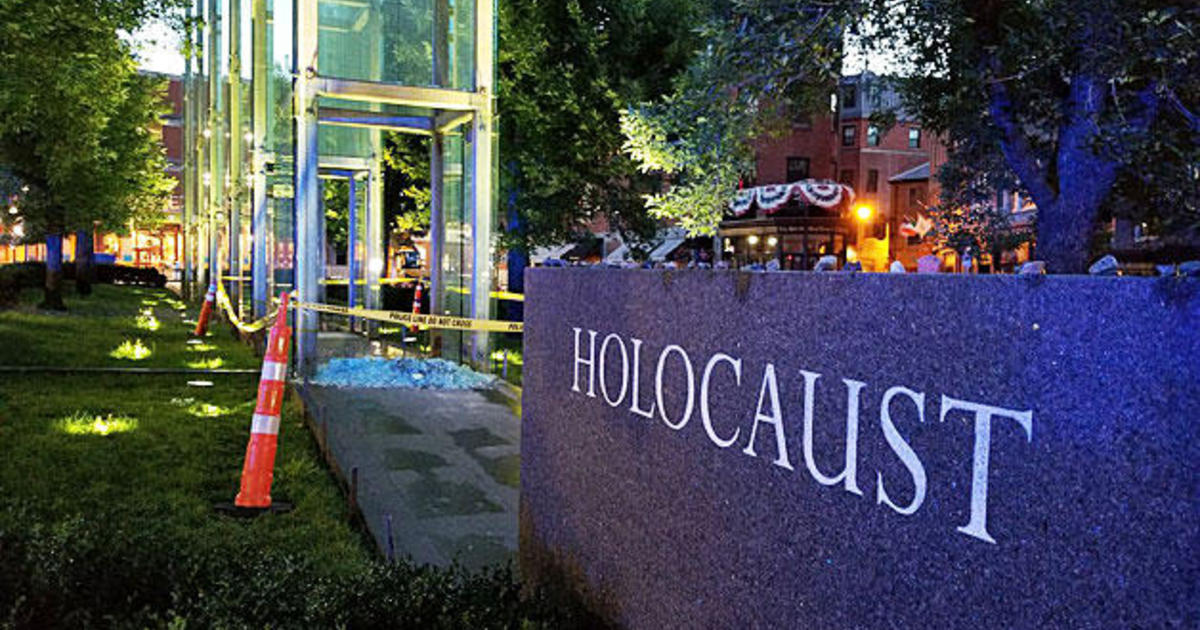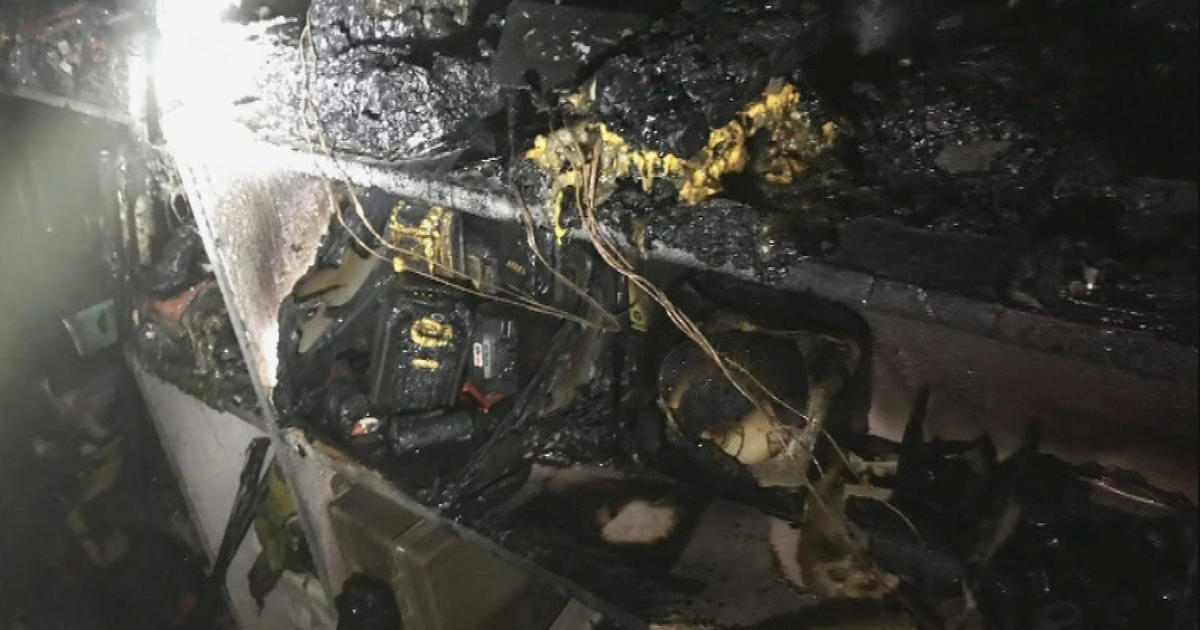Changing The Narrative On A Once Grim Genetic Cardiac Disease
By RHONDA MANN, Tufts Medical Center Staff
Hypertrophic Cardiomyopathy (HCM) is now a treatable disease compatible with normal longevity and good quality of life. And Barry Maron wants you to know it.
Dr. Maron, considered the father of HCM research, has spent 40 years investigating this genetic disease, characterized by thickening of the heart muscle. He's seen hundreds of headlines calling it the leading cause of sudden cardiac arrest in young athletes. He has referrals from cardiologists who talk about HCM as a bleak diagnosis. He hears the concern in the voices of patients and their families when they travel from around the country to consult with him in Boston.
"It was once thought to be a death sentence and unfortunately, many still think of HCM in that way," said Dr. Maron, now at the Hypertrophic Cardiomyopathy Center at Tufts Medical Center in Boston. "Today, with the knowledge and treatments we have, that couldn't be further from the truth."
Dr. Maron, who himself has authored more than 900 articles on the subject, summarized the current state of HCM in a recent issue of JAMA Cardiology.
That article underscores:
- The majority of patients affected with HCM can achieve normal life expectancy without symptoms or disability, or major treatment interventions
- All major complications of HCM are associated with effective treatment options
- When treated with contemporary options, sudden death is preventable and mortality related to HCM is low (.5%/year), less than expected in the general population
- The risks of living with most other serious chronic diseases, including cancer, far exceed HCM
- The risks of death or disease progression are low in older patients (greater than 60 years)
"Mortality rates due to the disease 40 years ago were as much as six percent," said Dr. Maron. "Now with the interventions we have, mortality is 0.5 percent per year across all age groups, including children and young adults who characteristically have the most aggressive disease."
A Family Link
The first case of HCM was reported in 1958 when a British forensic pathologist described thick heart walls with "bizarre and disorganized arrangement of muscle bundles" in the hearts of eight young patients who had died suddenly. Today we know HCM occurs in at least one in every 500 people, potentially afflicting as many as 1 million Americans (view animation). There is a 50 percent chance that a child with a parent affected by HCM will inherit the genetic mutation for the disease.
"We see about 400 new HCM patients a year and one of the first questions we get is – do my kids, or siblings or other relatives have this? There is real fear," said Dr. Martin Maron, Barry's son and Director of the HCM Center at Tufts Medical Center. The younger Maron, who noted it was his father's relentless quest for knowledge about the disease that prompted his own interest in HCM, recruited his dad from Minneapolis to join the Tufts MC HCM program in late 2016. Tufts Medical Center was one of the first programs to be designated as an HCM Center of Excellence by the Hypertrophic Cardiomyopathy Association.
Lifesaving Interventions
Introduction of the implantable defibrillator to HCM, first promoted 15 years ago by Dr. Barry Maron with Martin Maron at Tufts Medical Center, made prevention of sudden death achievable in HCM. Devices are permanently implanted prophylactically in the highest risk patients (such as those with fainting, a relative dying suddenly of HCM, particularly thick heart muscle), and are capable of detecting a lethal arrhythmia and automatically shocking the heart back to normal rhythm.
"Fortunately, only a small percentage of those with HCM are in the high risk group and need an ICD," explained Dr. Martin Maron.
Many HCM patients have symptoms of heart failure, mostly shortness of breath with activity due to obstruction of blood flow from the left ventricle. In such cases, an operation in which a portion of the thickened heart muscle is removed surgically (septal myectomy) can be performed effectively.
"Since myectomy was first performed 50 years ago, advances in the procedure have made it one of the safest open heart surgeries available, and it has contributed significantly to the overall reduction in HCM mortality," said Tufts Medical Center's Dr. Hassan Rastegar. Dr. Rastegar has performed more than 500 myectomy operations with excellent results.
Advancements in diagnostic tests, including introduction of MRI to HCM (a major program originated by Dr. Martin Maron and now directed by another of our HCM experts at Tufts Medical Center, Dr. Ethan Rowin) and contemporary treatments targeted to HCM complications, have dramatically changed the outlook for patients with this diagnosis.
"Thirty years ago HCM was a frightening disease, particularly unsettling for patients and their families. We didn't understand it. We didn't know how to reliably detect it or treat it," said Dr. Barry Maron. "Today, HCM has been transformed into a contemporary, treatable genetic disease, compatible with normal or extended longevity.
It's time to cast aside the picture of HCM as ominous, unrelenting and without reliable treatments and allow patients to envision a more optimistic future with this complex disease. The Tufts MC initiative shows what is possible for patients with HCM in 2017."
The above content is provided for educational purposes by Tufts Medical Center. It is free for educational use. For information about your own health, contact your physician.
Posted September 2017



